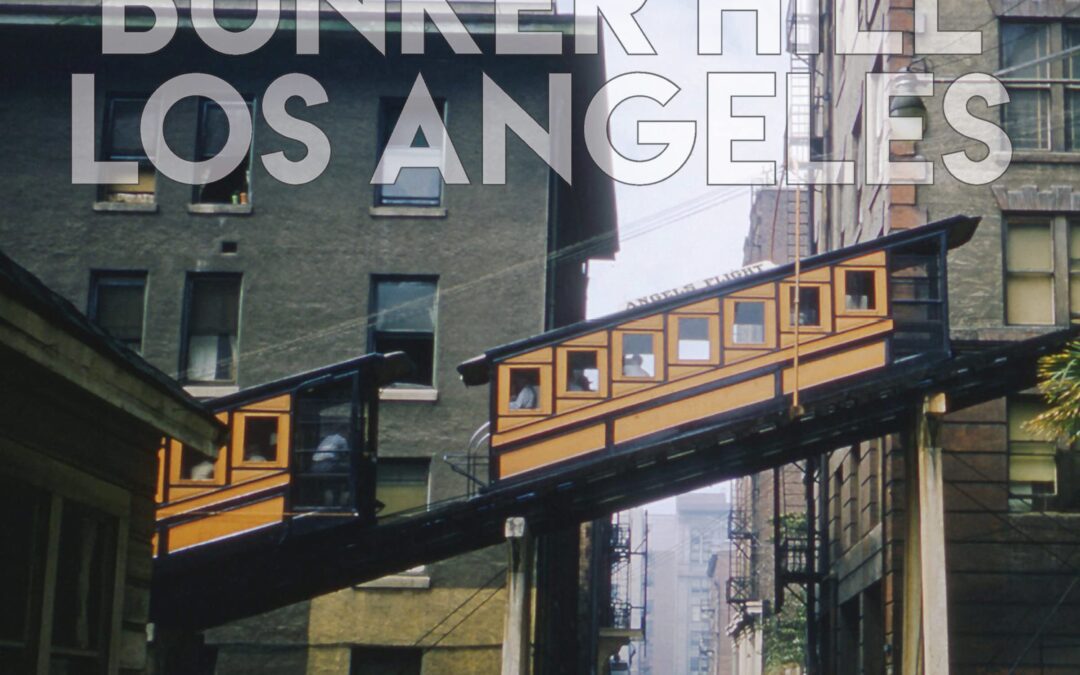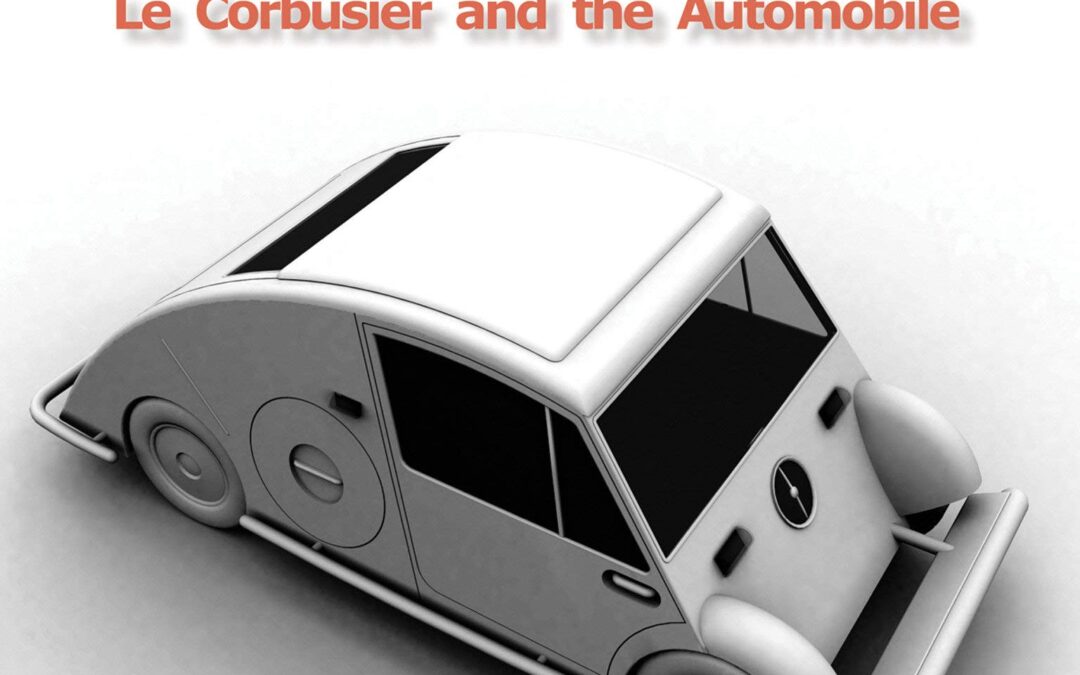
Bunker Hill is the highest point of downtown Los Angeles, both literally and figuratively. Its circle of life has created a continuous saga of change, each chapter rich with captivating characters, structures, and culture. In Bunker Hill Los Angeles: Essence of Sunshine and Noir, historian Nathan Marsak tells the story of the Hill, from the district’s inception in the mid-19th century to its present day. Once home to wealthy Angelenos living in LA’s “first suburb,” then the epicenter of the city’s shifting demographics and the shadow and vice of an urban underbelly, Bunker Hill survived its attempted erasure and burgeoned as a hub of arts, politics, business, and tourism.
As compelling as the story of the destruction of Bunker Hill is―with all the good intentions and bad results endemic to city politics―it was its people who made the Hill at once desirable and undesirable. Marsak commemorates the poets and writers, artists and activists, little guys and big guys, and of course, the many architects who built and rebuilt the community on the Hill―time after historic time.
Any fan of American architecture will treasure Marsak’s analysis of buildings that have crowned the Hill: the exuberance of Victorian shingle and spindlework, from Mission to Modern, from Queen Anne to Frank Gehry, Bunker Hill has been home to it all, the ever-changing built environment.
With more than 250 photographs―many in color―as well as maps and vintage ephemera to tell his dramatic visual story, Marsak lures us into Bunker Hill Los Angeles and shares its lost world, then guides us to its new one.

A colorful account of Le Corbusier’s love affair with the automobile, his vision of the ideal vehicle, and his tireless promotion of a design that industry never embraced.Le Corbusier, who famously called a house “a machine for living,” was fascinated—even obsessed—by another kind of machine, the automobile. His writings were strewn with references to autos: “If houses were built industrially, mass-produced like chassis, an aesthetic would be formed with surprising precision,” he wrote in Toward an Architecture (1923). In his “white phase” of the twenties and thirties, he insisted that his buildings photographed with a modern automobile in the foreground. Le Corbusier moved beyond the theoretical in 1936, entering (with his cousin Pierre Jeanneret) an automobile design competition, submitting plans for “a minimalist vehicle for maximum functionality,” the Voiture Minimum. Despite Le Corbusier’s energetic promotion of his design to several important automakers, the Voiture Minimum was never mass-produced. This book is the first to tell the full and true story of Le Corbusier’s adventure in automobile design. Architect Antonio Amado describes the project in detail, linking it to Le Corbusier’s architectural work, to Modernist utopian urban visions, and to the automobile design projects of other architects including Walter Gropius and Frank Lloyd Wright. He provides abundant images, including many pages of Le Corbusier’s sketches and plans for the Voiture Minimum, and reprints Le Corbusier’s letters seeking a manufacturer. Le Corbusier’s design is often said to have been the inspiration for Volkswagen’s enduringly popular Beetle; the architect himself implied as much, claiming that his design for the 1936 competition originated in 1928, before the Beetle. Amado Lorenzo, after extensive examination of archival and source materials, disproves this; the influence may have gone the other way. Although many critics considered the Voiture Minimum a footnote in Le Corbusier’s career, Le Corbusier did not. This book, lavishly illustrated and exhaustively documented, restores Le Corbusier’s automobile to the main text.

Architect John Parkinson died in 1935, and the Los Angeles Times praised him: “Future generations have only to walk through the streets of Los Angeles to be reminded how much John Parkinson in his lifetime contributed to the city that grew up under his hand.” In Iconic Vision: John Parkinson, Architect of Los Angeles, author Stephen Gee proves that this singular visionary created the look of America’s most dynamic metropolis, long before the world recognized the city’s importance. Consider that among more than four hundred buildings in the City of Angels that carried his architectural imprimatur, John Parkinson designed:
- Los Angeles City Hall, the most iconic building in California, the tower that changed a futuristic city’s skyline forever;
- Bullock’s Wilshire, the towering structure that rivals the Chrysler Building as America’s premier Art Deco edifice;
- Los Angeles Memorial Coliseum, the world’s only modern stadium to host two Olympic Games, 1932 and 1984–and still home to the USC Trojans;
- Los Angeles Union Station, the Mission-Moderne-Art Deco masterpiece that brought together California’s railroads and became a legend before the first trains roared in.
Iconic Vision, the first biography of the master architect, documents–in remarkable detail and images–Parkinson’s monumental contributions to the city he loved. Although other architects’ names have become synonymous with the city, John Parkinson designed more landmark buildings in Los Angeles than any other architect, living or dead. And, while other architects may have taken credit for Parkinson’s designs, Stephen Gee’s penetrating biography establishes the truth. He tells the story of a man who envisioned tomorrow.





